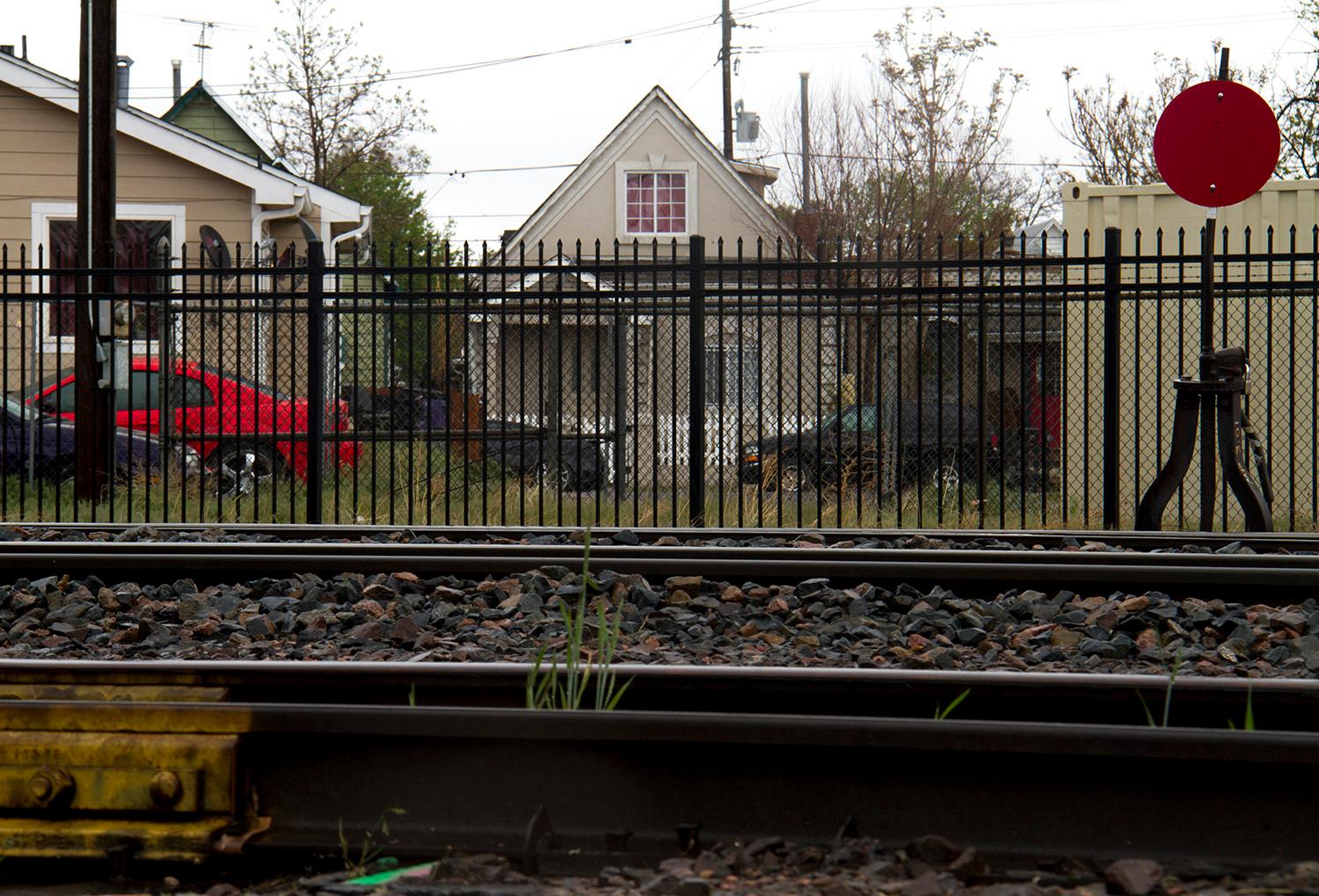
"Like Mayberry" is how one Swansea resident described the community.
If Mayberry had to deal with marijuana grow operations and 18-wheelers on residential streets.
Globeville and Elyria-Swansea are close-knit communities with a long history. They're also communities where residents live shoulder-to-shoulder with heavy industry and do without much of the public infrastructure that puts Denver on "most livable city" lists.

Neighborhood plans for Globeville and Elyria-Swansea were completed in 2014 and 2015 that lay out what residents want in terms of sidewalks and trails, housing and parks, shopping and jobs.
The neighborhood plans were developed alongside the master plan for the National Western, and some neighborhood priorities found their way into the National Western Master Plan, in particular, the extension of 49th and 51st avenues through the stock show grounds and across the river.
But unlike the National Western, there is no dedicated funding or clear implementation plan. Some projects have been targeted for strategic reasons, like doing initial design work on Washington Street to be ready when funding is identified, while others are being done as opportunities arise, like a walking path at Argo Park in Globeville.
In some cases, the long-term neglect of the neighborhoods makes things that look like low-hanging fruit — benches at bus stops, requested by community members — harder and more expensive than they should be. Where there are sidewalks, they're too narrow and putting in a bench would block wheelchairs.

Instead of real sidewalks along 40th Avenue, there is new, elevated asphalt on the shoulder of the road. The city is moving forward with designs for a new street that would include wide sidewalks, landscaping that would improve stormwater management and accommodations for cyclists (it's not clear yet what those will look like), but no one knows when that new street will be built.
Solving some problems depends on actors outside the city's control. The communities don't have their own grocery store, but it's been hard to attract a major retailer.
Another top priority for Elyria-Swansea, a pedestrian crossing at 47th Avenue and York Street where blind trains with no conductor regularly block schoolchildren, has gone through concept development with potential designs presented to the public. The city is applying for federal funds for that project.

The North Denver Cornerstone Collaborative applies for funding each year and tries to chip away at a need that everyone acknowledges is great.
"We could spend the entire budget of the city and county of Denver just in these neighborhoods, and it wouldn't be enough," NDCC spokeswoman Erika Reyes Martinez said.
Sometimes it's the little things, like a safe place to walk
Both community plans speak to basic needs, like sidewalks. Some blocks have them, but many don't. Children, older people and mothers with strollers share the street with trucks heading to the many industrial businesses that call the neighborhood home.
Usually the city doesn't build sidewalks; that's the responsibility of private property owners. Sidewalks will be installed when major streets are rebuilt or to serve transit-oriented development.
The plans also talk about interrelated health and environmental issues: asthma caused by or exacerbated by air pollution from the highways, lack of grocery stores, parks that are difficult or dangerous to walk to.

The Globeville plan calls for a system of trails and landscaping under the "mousetrap" interchange with I-25 and I-70, attention paid to the "leftover spaces" created by industry, riverfront development and a new street network between Washington Street and the South Platte River, the development of 45th Street as a historic main street once again serving local shopping needs and better access to bike trails on the river.
The plan calls for most of the residential areas to stay the same, but it also includes the transit-oriented development plan for the 41st and Fox station on the Gold Line, with heights of up to 20 stories allowed in parts of the southwest portion of the neighborhood.
The Elyria-Swansea plan also asks for better walking routes, bus shelters and reducing the impact of heavy industry.
Transit-oriented development could place tall apartment buildings across the street from two-story homes. The Urban Land Conservancy recently bought and obtained a rezoning for 4800 Race St. to build a project with half affordable and half market-rate housing.

The plan also imagines a town center with shopping along North Vasquez Boulevard and Steele Street north of I-70 and calls for the Market Lead, an abandoned railroad spur that runs through a deep, wide ditch in the western part of Swansea, to be filled in and redeveloped. Right now, many people in Swansea have a hard time getting to the new 40th and Colorado station, but filling in the Market Lead would allow disconnected roads to be restored and allow for new bike and pedestrian paths.
Someday.













